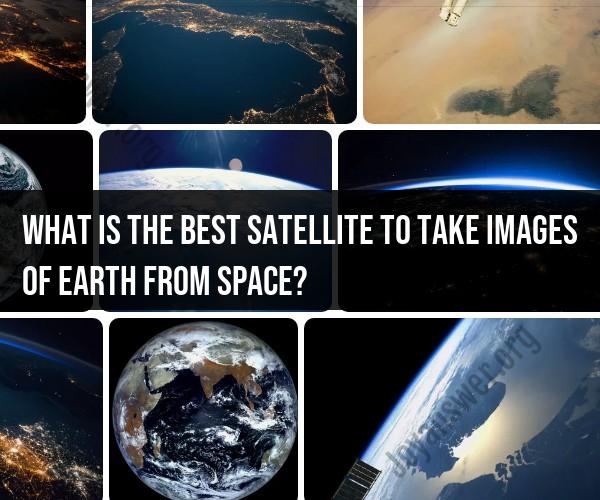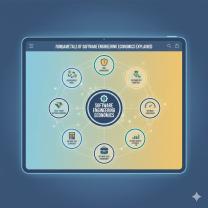What is the best satellite to take images of Earth from space?
The choice of the best satellite for Earth imaging depends on your specific needs and requirements. There are numerous Earth-imaging satellites in orbit, each designed for different purposes, including environmental monitoring, weather forecasting, scientific research, and commercial applications. Here are some factors to consider when selecting an Earth-imaging satellite:
1. Purpose and Application:
- Determine the primary purpose of your Earth imaging. Are you interested in environmental monitoring, agriculture, urban planning, disaster management, or another application? Different satellites are optimized for specific tasks.
2. Resolution:
- Consider the level of detail you need in your images. Satellites vary in their resolution capabilities, from high-resolution (sub-meter) to moderate or low resolution (several meters).
3. Spectral Bands:
- Evaluate the satellite's spectral bands to ensure they match your imaging requirements. Some satellites have multispectral or hyperspectral sensors, which can capture data in various parts of the electromagnetic spectrum.
4. Temporal Resolution:
- Determine how frequently you need images of the same area. Some satellites offer frequent revisit times, while others may take longer to return to the same location.
5. Coverage Area:
- Consider the satellite's coverage area and whether it aligns with your study area or region of interest.
6. Data Access and Cost:
- Assess the accessibility of satellite data. Some satellites provide open and free data access, while others require subscription or purchase. Factor in your budget for data acquisition.
7. Data Processing and Analysis:
- Consider the availability of tools and software for processing and analyzing satellite imagery. Some satellites provide data processing pipelines and analysis platforms.
8. Satellite Constellations:
- Some Earth-imaging missions involve constellations of multiple small satellites, offering more frequent coverage and agility.
9. Data Resolution vs. Cost:
- Balance your need for high-resolution data with the associated cost. High-resolution satellite data can be expensive.
10. Data Accuracy:- Verify the accuracy and reliability of the satellite's data for your intended application.
Several Earth-imaging satellite programs are notable for their capabilities:
Landsat Program: Landsat satellites provide moderate-resolution multispectral imagery and have been used extensively for environmental monitoring, agriculture, and land-use planning.
Sentinel Program (Copernicus): The European Space Agency's Sentinel satellites offer a range of Earth observation data, including radar and optical imagery, for applications like environmental monitoring and disaster management.
WorldView and QuickBird (DigitalGlobe): These commercial satellites offer very high-resolution imagery for applications such as urban planning, infrastructure monitoring, and disaster response.
Suomi NPP and NOAA Satellites: These provide weather and environmental data used in meteorology and climate research.
The best satellite for Earth imaging depends on the specific requirements of your project. It's essential to research available satellite options, consult with experts in the field, and consider the factors listed above to make an informed choice. Additionally, satellite technology is continually evolving, so staying up-to-date with the latest satellite missions and capabilities is crucial.













